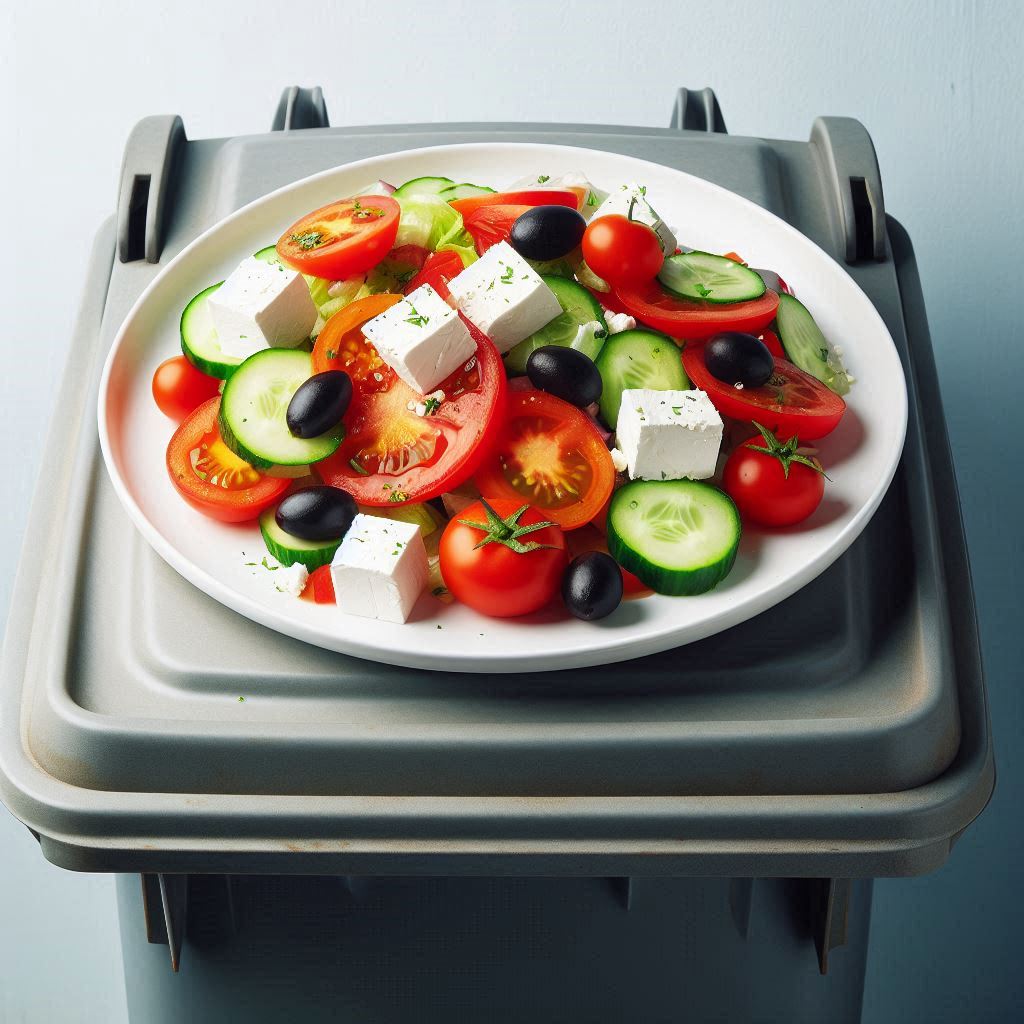Last summer it seemed as if half of America came to Greece. To be more precise to Athens, Mykonos and Santorini. To me that seems rather counter productive as Greece has numerous better, cheaper, more original locations to visit. But that is nothing compared to the irrational things I see and hear concerning Greek food. Now don’t get me wrong, we have all read about the benefits of a Mediterranean diet. And it is mostly delicious.
But is it nutritious?
Greek salad is a great example. We had no tomatoes until well into the 1900s! Much later than the rest of Europe they were introduced to Greece and even then they weren’t in wide circulation. So how on earth is a salad based on tomatoes “traditional”? In fact it was invented in the 1960s by the restaurants around Plaka, just under the Acropolis, clearly a practical solution for a quick, cheap and high margin food for tourists. And then look at the contents, feta is extremely high in fat and most people use half a loaf of bread to dunk in the (supposedly nutritious) olive oil.

But how would a real scientist measure the true nutritional content of a Greek salad? Even the most seemingly simple item in it is in fact extremely complicated. Olives are ultra processed food. They aren’t just plucked off a tree and put in your salad. They are washed, marinated, rinsed many times, marinated again, left in salt water, rinsed…you get the picture. When scientists say that olives are good for us are they referring to the fresh ones off the tree or some version of these post-processed ones like the ones we actually eat?
It seems we have a most serious problem in defining foods and nutritional content.

The most extreme example in Greece is “horta”. It literally means “grass” and refers to a variety of vegetation usually plucked from the side of the road like dandelion. Again, this is a fairly well studied plant in its wild, natural state. But because it is extremely bitter, during the second world war famine, Greeks were forced to eat it for lack of anything else being available. In order to make it palatable they rinsed, boiled, rerinsed, marinated and doused in oil and lemon. It really isn’t edible anyhow else but from a nutritional point of view I would guess there is less than 10% chance it contains anything at all other than fiber. Which is to say it is like eating cardboard.
Since many reputable sources insist on promoting the Mediterranean diet it seems that such research is extremely important. I don’t see American tourists eating much of the legumes mentioned in the literature. Nor the fish since the Mediterranean is critically overfished so even if you do ask for fish you are likely to get frozen or imported ones. At best cultivated fish from Greece maybe, 2-3 species mainly with all the health problems of that category. If anything when tourists rave about “Greek food” they are referring mainly to the starters, a mixture of Eastern hits, heavy in fats, saturated fats and ridiculous amounts of calories.
It is not enough to vaguely refer to diets of a region. Nor to specific foods. We need updated, extremely specific measurements of nutritional content as soon as possible for a whole lot of food generally considered “healthy” by millions of people that have absolutely no way of measuring it.
(Feel free to object to anything here but please include references to actual scientific studies if you do. And even then, scientific studies on the actual end result, ie food we eat, not potential benefits from likely ingredients in vitro and in ridiculously high concentrations or forms we will never get on our tables.)

Leave a Reply